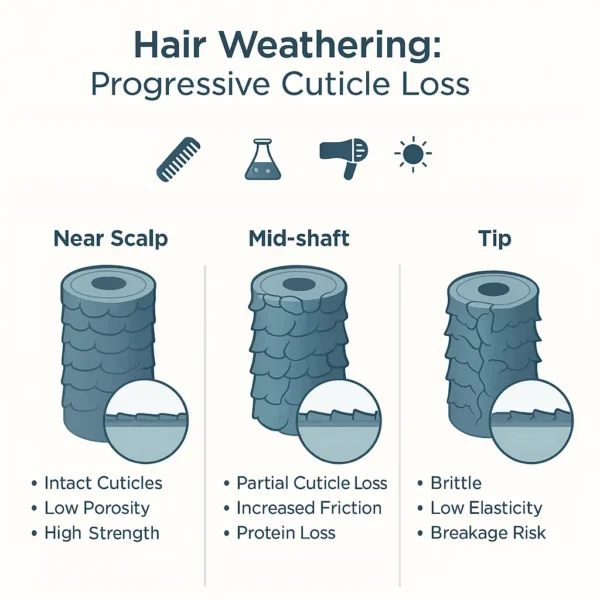
Hair Weathering: Mechanisms, Causes, and Prevention
Hair weathering refers to the progressive chemical or physical deterioration of the hair shaft, leading to the loss of structural components and increased susceptibility to…
Insights on Hair Health, Hair Growth, and Alopecia Research
Insights on Hair Health, Hair Growth, and Alopecia Research

Hair weathering refers to the progressive chemical or physical deterioration of the hair shaft, leading to the loss of structural components and increased susceptibility to…
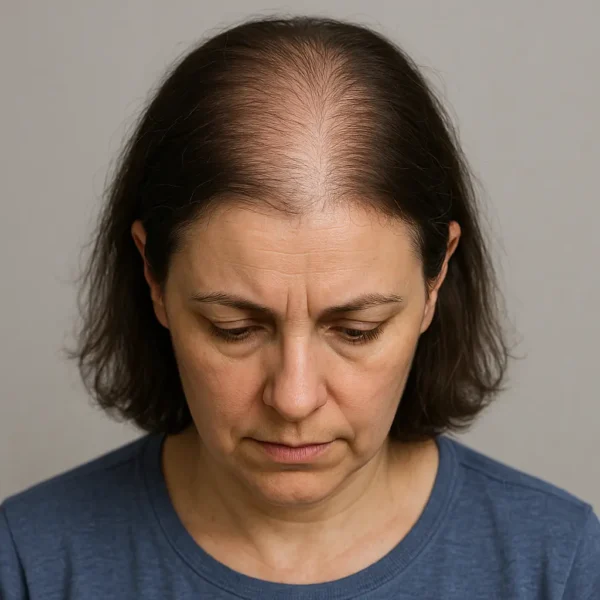
Losing between fifty and a hundred hairs a day is a normal part of the scalp hair growth cycle. However, when the rate of shedding…

Androgenetic alopecia (AGA) is the most common form of hair loss in both men and women. While genetic predisposition and hormonal factors have long been…
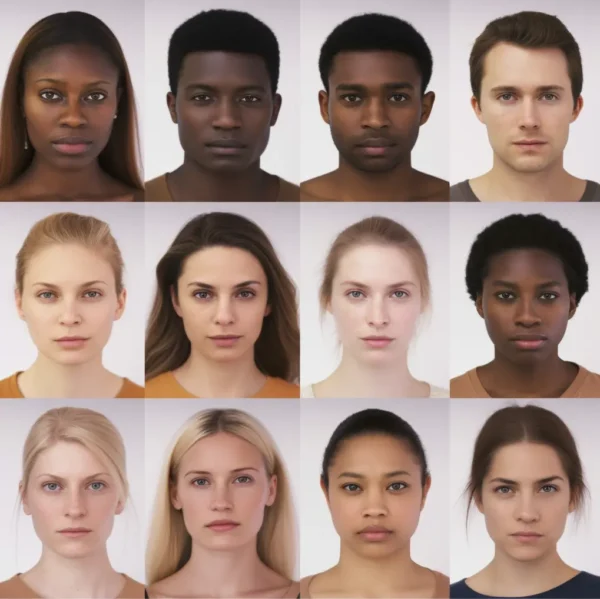
Hair density—commonly measured as the number of hair strands per square centimeter (hairs/cm^2)—is influenced by a variety of factors, including genetics, age, hormonal status, scalp…
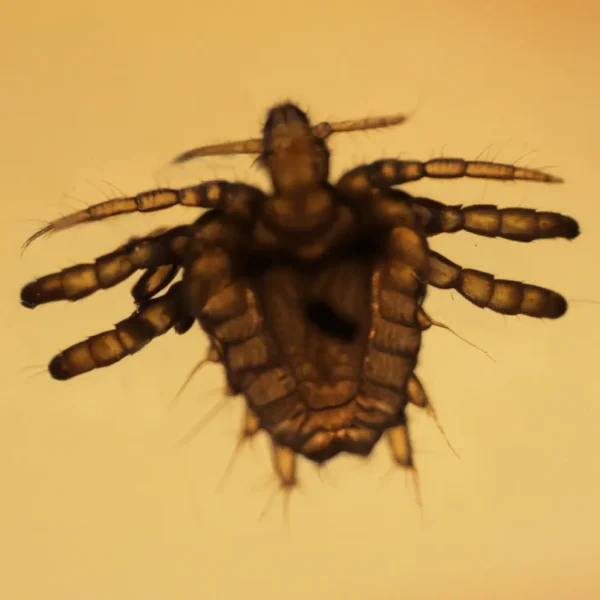
Head lice (Pediculus humanus capitis) are parasitic insects that infest human scalps, feeding on blood and causing a condition known as pediculosis. This article explores…
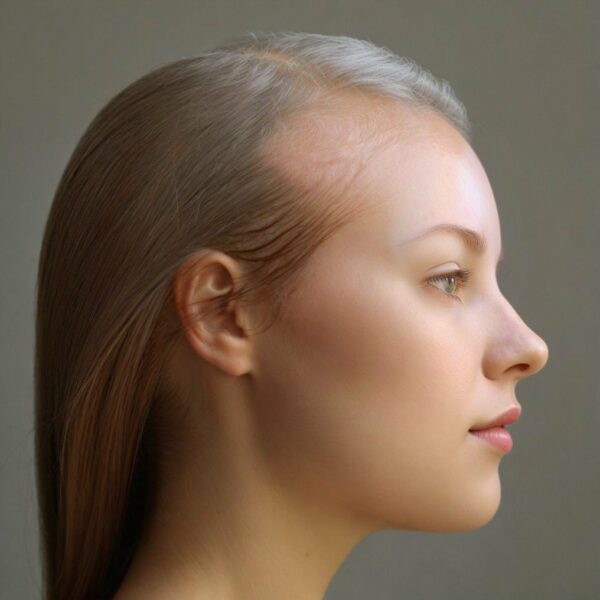
The precise causes that trigger the onset of alopecia areata, a complex autoimmune condition characterized by non-scarring hair loss, remain elusive. However, contemporary research has…
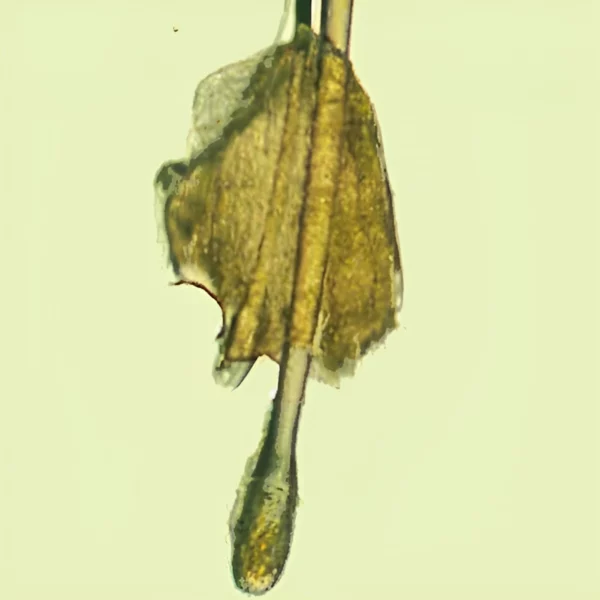
The pimple is probably hardened sebum. It is white or light yellow in color and if pressed hard can be squashed and molded. The sebum…

Introduction: Androgenetic alopecia (AGA), commonly known as male or female pattern hair loss, is the most prevalent form of hair loss in adults. It affects…

Introduction: Bird’s nest hair is a common term used to describe a hairstyle characterized by tangled, matted, and unkempt hair, resembling the appearance of a…